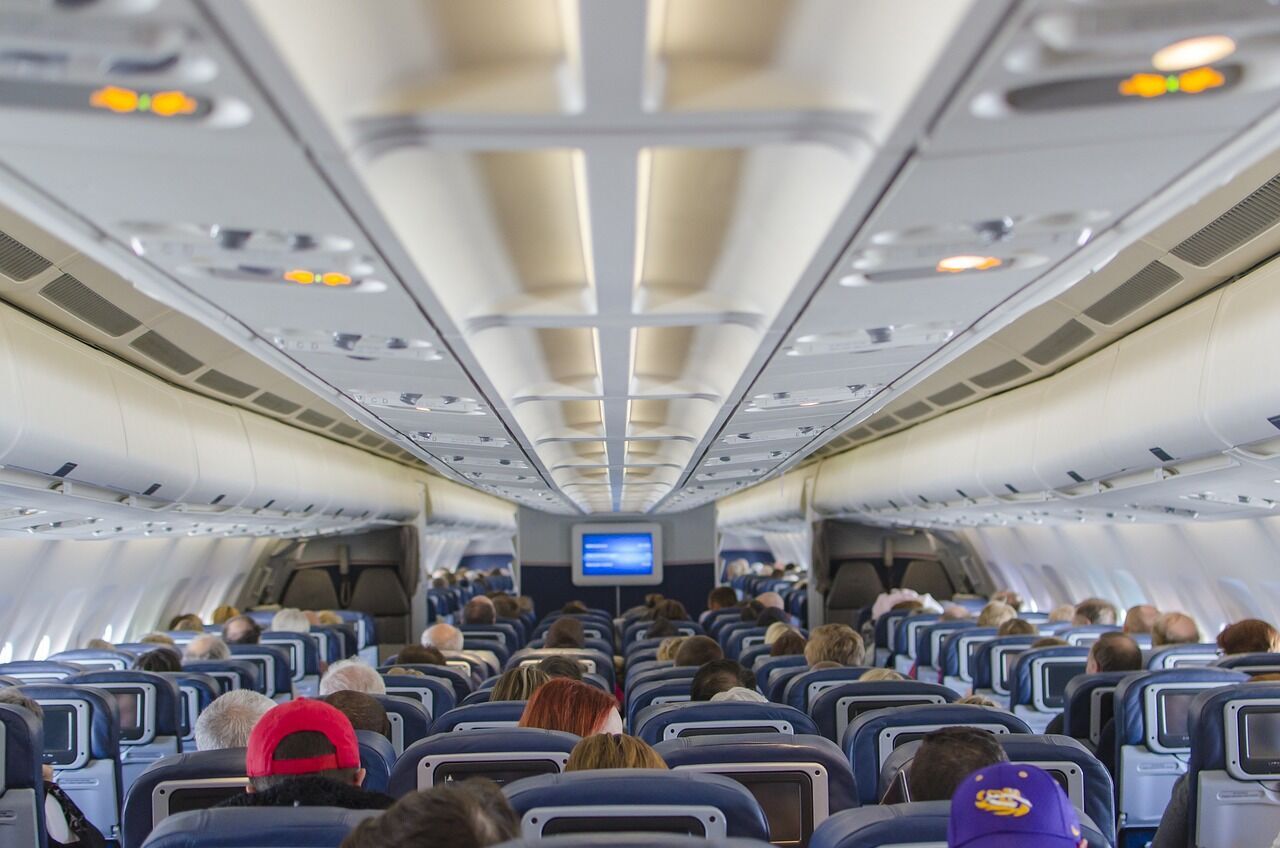Airplane mode: Why you should turn off your phone during a flight

Turning on airplane mode when the plane is getting ready to take off is a standard part of life for the average passenger on board an airplane. In airplane mode, your phone is disconnected from cellular networks, but you can still use your device and even connect it to Wi-Fi if it's available on board.
But what happens if you accidentally leave your phone on? Don't worry: it's unlikely your plane will fall down the sky. In fact, a 2017 survey conducted by Allianz Travel Insurance found that 17.2% of passengers have never switched their phones to airplane mode during a flight. The problem is that we don't really know what can happen because the interaction between mobile phones and airplanes is not well understood. This is reported by travelandleisure.com.
"If you don't turn off your cell phone, it can interfere with navigation devices," says Daniel Babb, a professor at the University of Nevada, Las Vegas, and a former airline pilot.
"Potential" is the operative word here. If there is any potential hazard, regardless of the cause, the Federal Aviation Administration (FAA) and the Federal Communications Commission (FCC) are going to avoid it.

This is why the U.S. Code of Federal Regulations currently states the following, "Cellular telephones installed in airplanes, balloons, or any other type of aircraft may not be used when such aircraft are in the air (not touching the ground). When any aircraft leaves the ground, all cell phones on board that aircraft must be turned off." And if you don't comply, you can be fined.
Another problem associated with using a cell phone while flying is the possibility of overloading cell towers on the ground. When you are flying at low altitude, i.e. during takeoff and landing, which are considered key stages of a flight, your phone connects to several towers at the same time as you move. Given the number of passengers in the sky at any given time, this can certainly be a burden on the network near particularly busy airports.
Experts note that 5G networks are currently the biggest threat.
"With many phone companies now offering 5G bandwidth, this could interfere with the radio altimeter that pilots rely on to indicate when they need to widen or raise the nose wheel of an airplane to land," Babb says.
The European Union requires 5G networks on airplanes to allow passengers to communicate freely with their mobile devices, including making calls. But there is a key difference between European and American 5G networks: European networks operate on a different frequency, which adds more of a gap between cellular use and the radio altimeter. Therefore, there is less chance of interference. For this reason, we should not expect the US to follow suit anytime soon.



















